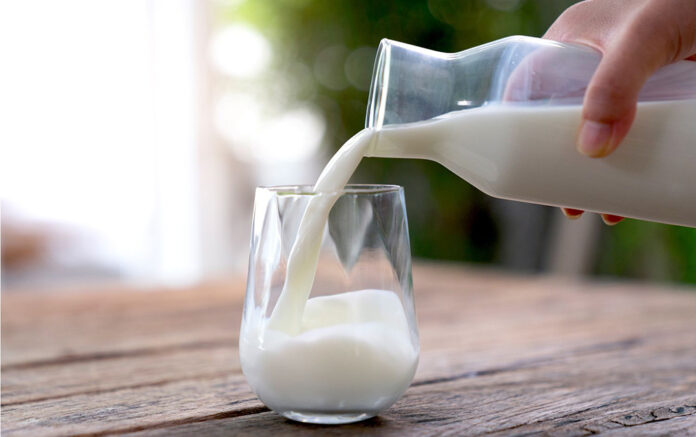Milk was your first food and has been part of the human diet for thousands of years. It’s easy to see why, as milk is nutritious, versatile, delicious, and relatively easy to obtain. While milk can come from many sources, including an ever-increasing variety of nondairy milk, cow’s milk is still the primary form in our diets.
Health Benefits
Protein for Overall Health
Protein is the basic building block of the human body and is needed by the body to create and repair cells, as well as being important for overall growth and development. If you’re looking for a quick, well-balanced snack, milk’s high protein content makes it a great choice.
In fact, studies have shown that a glass of chocolate milk works as good as, if not better than, expensive post-workout recovery drinks.
Strong Bones and Teeth
Calcium is essential for strong bones and teeth, making it an important part of our daily diet. It’s especially vital in our early years. Extra calcium is needed during childhood and adolescence because that’s when bones do most of their growing.
Calcium becomes extra important again for older adults as bone density decreases. Milk is frequently recommended as a great way to help prevent osteoporosis, or the thinning of bones in the body. Drinking milk daily has also been shown to reduce the progression of osteoarthritis, or inflammation of the joints, in the knees of women.
One cup of 2% milk has fewer calories (122) and less fat (5 grams), while skim milk has 90 calories and 0 grams of fat.
Things to Watch Out For
Because milk is a protein- and nutrient-rich food, it’s easy to have too much of a good thing. Eight ounces is considered a full serving of milk, but glasses found in most kitchens are frequently 14-16 ounces, so pay attention to how much you drink.
An important factor to consider is milk’s fat content, which will vary based on the type you buy. One cup of skim milk is fat-free, while 1% milk has 2 grams, 2% milk has 5 grams, and whole milk (3.25%) has 8 grams. Talk to your doctor about the best option for you.
Furthermore, milk is not for everyone. Approximately 65% of the population suffers from lactose intolerance, which can frequently be treated with over-the-counter supplements. Milk allergies also can range from mild to severe. For this reason, many people choose to use nondairy milk.
Also, children should not be given milk until they are at least 12 months old.
How to Use Milk
Adding milk to your diet can be as simple as drinking a cold glass with your meals. Or, a warm mug of milk can be a wonderfully relaxing way to end the day.
Milk can also be substituted for water in many recipes, making dishes more substantial and giving them a richer taste. For instance, making oatmeal with milk nearly doubles its protein content. Soups are another great food for the addition of milk.
As a calorie-cutting option, low-fat milk can be used in place of half-and-half in many recipes. Experiment and you may discover ways to create a dish that’s both healthier and tastier.
Credit: webmd.com









